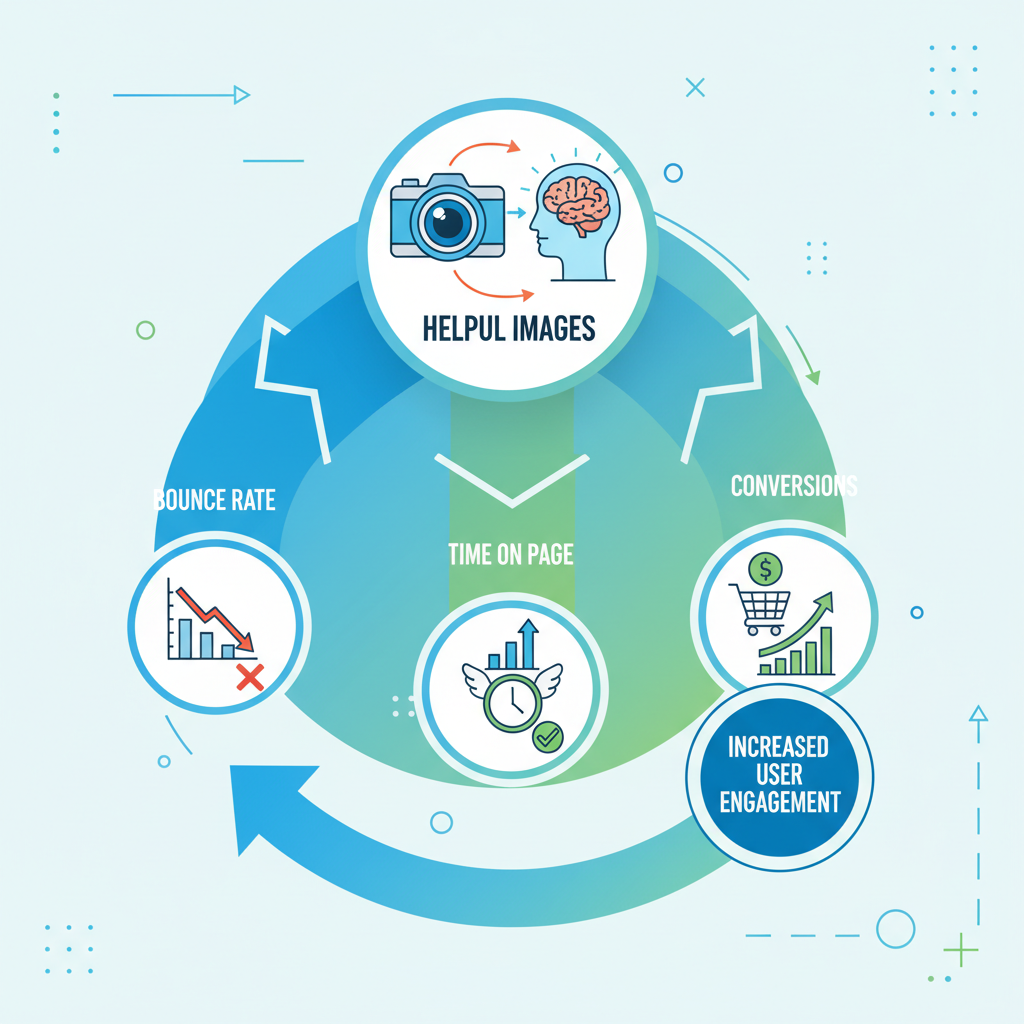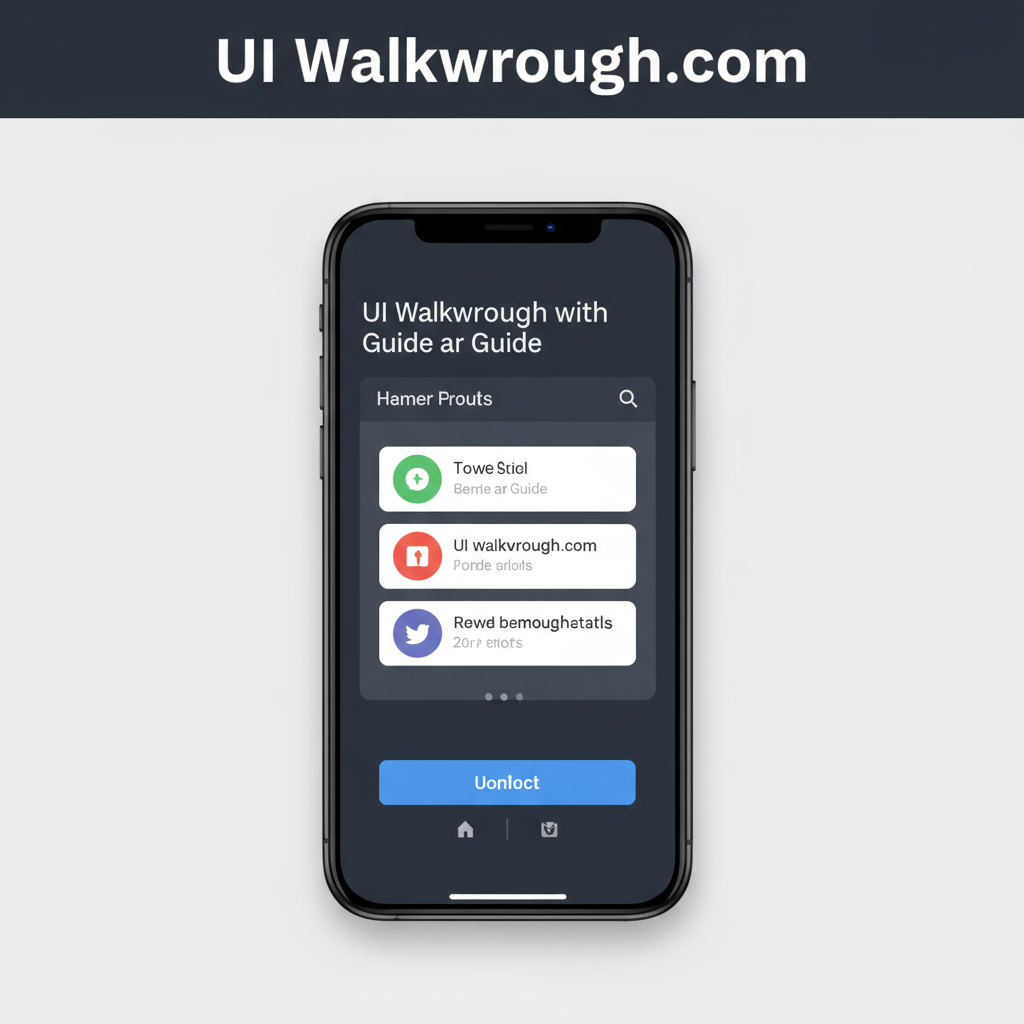Find and Use Images of Helpful Content for Websites
Learn how to find, create, license, and optimize helpful website images that boost engagement, SEO, and accessibility for diverse audiences.

Understanding "Images of Helpful" and Their Impact on User Engagement
In digital content creation, images of helpful refer to visuals that add genuine value to a reader’s experience. They clarify concepts, illustrate processes, and provide context that supports the surrounding text — far beyond mere decoration. Using helpful imagery strategically can enhance usability, improve comprehension, and guide users toward desired actions.
Helpful images can:
- Increase average time-on-page by making content more engaging.
- Improve retention through strong visual memory cues.
- Direct attention toward calls-to-action and vital data points.

For instance, an educational post might feature an annotated diagram explaining a technical process — far more beneficial than a generic stock photo.
---
Finding High-Quality Helpful Images
Selecting the right source is the first step toward impactful image use.
Free Resources
- Unsplash – High-resolution, copyright-friendly photos.
- Pexels – Extensive library, ideal for lifestyle and workplace shots.
- Pixabay – Balanced mix of illustrations and photos.
Paid Stock Libraries
- Shutterstock – Broad selection with editorial quality.
- Getty Images – Premium visuals trusted by professional media.
- Adobe Stock – Integrated with Creative Cloud for easy workflow.
Custom Creation
- Commission professional photography.
- Design original illustrations in Figma, Canva, or Adobe Illustrator.
- Capture screenshots or screen recordings to build step-by-step guides.
---
Copyright, Licensing, and Attribution
Understanding licensing is essential to avoid legal issues.
| License Type | Usage Rights | Attribution Required? |
|---|---|---|
| CC BY | Can share & adapt | Yes |
| CC0 | Public domain | No |
| Royalty-Free | Multiple projects | No* |
| Rights-Managed | Limited scope | Depends |
*Always verify individual provider terms.
---
Matching Image Purpose and Tone
The most helpful image aligns with the content’s intent and tone.
Examples:
- Financial articles — charts, infographics, and compliance visuals.
- Tech tutorials — annotated screenshots, visualized code snippets.
- Healthcare — clear, high-contrast diagrams for better reading.
Consider:
- Audience Expectations — Professional vs. conversational tone.
- Cultural Context — Avoid stereotypes, ensure inclusivity.
- Brand Consistency — Maintain color palettes, style guides.

---
SEO Optimization: File Names, Alt Text, and Captions
Optimizing images for SEO boosts discoverability.
Best Practices
- File Names: Include descriptive keywords, e.g., `helpful-product-diagram.png`.
- Alt Text: Provide concise, specific descriptions.
- Captions: Offer supplementary context; captions often draw reader attention.
Example Code
---
Creating Original Visual Aids
Enhanced engagement comes from tailored, original visuals.
Types:
- Infographics — Condense complex ideas.
- Charts & Graphs — Present measurable data clearly.
- Process Diagrams — Show workflows step-by-step.
Tips:
- Keep designs simple for clarity.
- Use consistent and brand-aligned colors.
- Label all elements clearly.
---
Compressing Images Without Losing Quality
Large files hinder loading speed, affecting SEO and experience.
Compression Strategies:
- Tools: TinyPNG, ShortPixel, ImageOptim.
- Convert heavy PNGs to optimized JPEG for photos.
- Adopt modern formats like WebP for efficient compression.
---
Accessibility Best Practices
Accessibility ensures inclusivity.
- Detailed Alt Attributes — Describe important elements.
- High Contrast — Essential for charts and diagrams.
- Readable Labels — Avoid tiny or ornate text within visuals.
---
Using Images for Step-by-Step Guidance
Visual sequences break down complex actions.
Tutorial Example:
- Image of starting interface.
- Highlighted menu choice.
- Final result displayed.

Sequential visuals transform dense text into digestible flows.
---
Tracking Engagement with Visual Content
Monitor user interaction with image-rich pages.
Metrics:
- Scroll Depth — Determine if all visuals are viewed.
- Heatmaps — Pinpoint reader focus.
- Click-Through Rates — Measure image-driven actions.
Tools like Google Analytics and Hotjar can support this analysis.
---
Examples of Helpful Image Types by Industry
| Industry | Helpful Image Type | Purpose |
|---|---|---|
| Education | Annotated diagrams | Clarify concepts |
| Health | Medical illustrations | Explain anatomy or procedures |
| Technology | Annotated screenshots | Guide software use |
| Finance | Data charts | Present economic trends |
| E-commerce | Product comparison images | Assist purchasing decisions |
---
Summary and Next Steps
Incorporating images of helpful into your content strategy bridges the gap between information and understanding. By sourcing high-quality assets, respecting legal boundaries, and optimizing for SEO and accessibility, you transform visuals into tools that educate, persuade, and engage.
Now is the time to audit existing content, identify opportunities for more helpful imagery, and elevate your user experience. Start integrating these practices into your workflow to boost engagement and search visibility.




